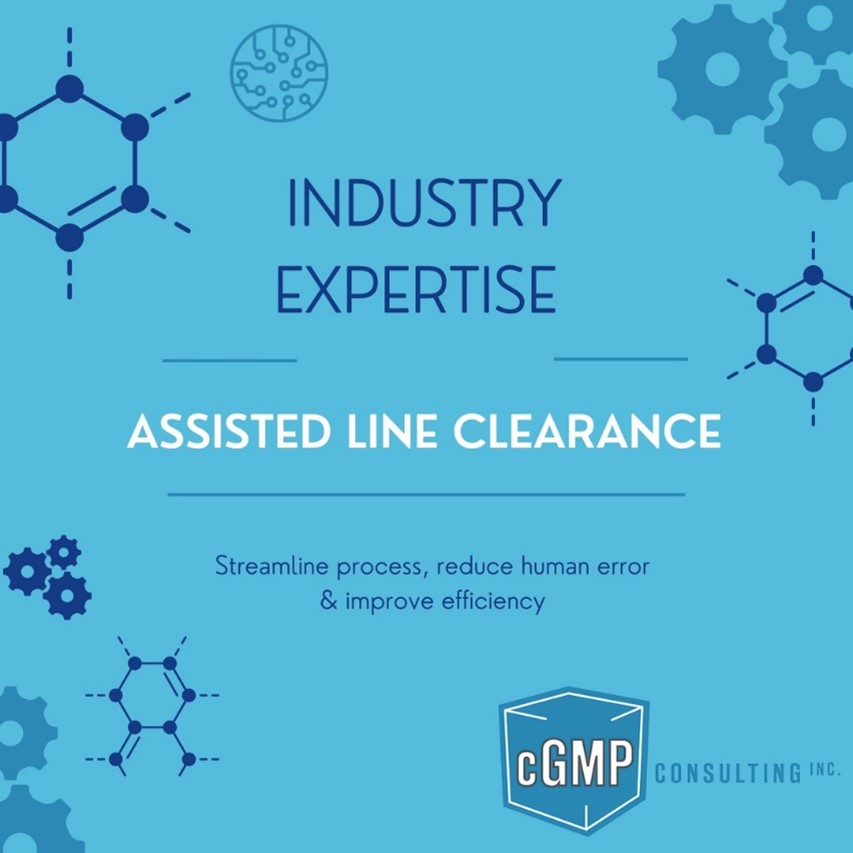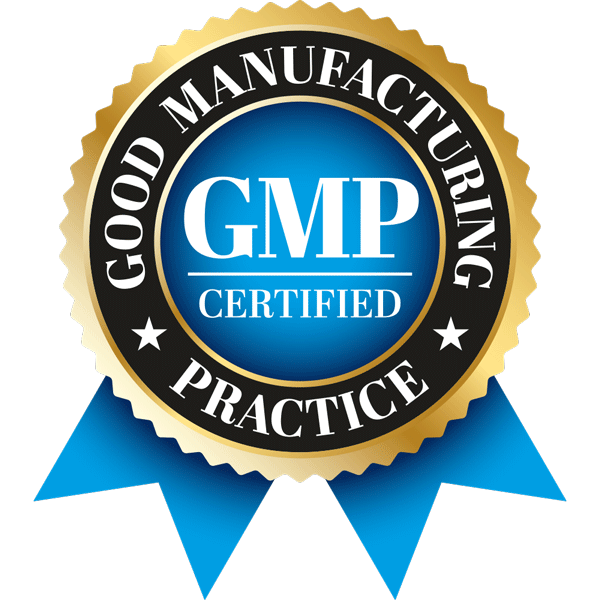
Assisted Line Clearance
The Benefits and Challenges of Assisted Line Clearance
Background:
In manufacturing processes, particularly in industries such as pharmaceuticals and food production, ensuring product quality and safety is paramount. One critical aspect of this is line clearance, which is the process of ensuring that manufacturing equipment is clean, free from any residual materials, and ready to produce a new product or batch.
Traditionally, the process has been 100% dependent on humans to complete the task. Individuals inspect the line trying to identify materials left behind. This task is very tedious, time-consuming, and often not ergonomically friendly. Workers are often required to bend and stretch to all corners of the line, searching with a flashlight. Line Clearance failures can result in the loss or rework of thousands of dollars’ worth of product, rigorous Quality Assurance investigations, and the addition of more procedures and time to the process. But with advancements in technology, assisted line clearance has emerged as a more efficient and reliable solution.
Implementation of Assisted Line Clearance:
Implementation of assisted line clearance consists of sensors and cameras being installed along the production line to monitor and detect any residual materials or contaminants between batches or products. These sensors can identify even minor traces of previous products, ensuring thorough cleaning and minimizing the risk of cross-contamination. Additionally, automated cleaning systems, such as robotic arms or spray nozzles, are employed to clean the equipment efficiently and effectively. These systems are designed to streamline the process, reduce the risk of human error, and improve overall efficiency.
Assisted line clearance identifies anomalies on the line within milliseconds to create a historical reference repository. An anomaly is any deviation from the normal state of a cleared line, including leftover product, debris, packaging, etc. After the line has been cleared, the inspection system is prompted, and the cameras gather images that feed into a model to identify if the line is clear or not. If the inspection fails, the system shows the operator exactly where the line is not clear.
Benefits
- Enhanced Product Quality and Safety:
By minimizing the risk of cross-contamination and contamination-related issues, assisted line clearance ensures adherence to regulatory requirements and industry standards, maintaining the highest quality and safety levels. - Increased Efficiency:
Automated systems perform line clearance tasks significantly faster than manual methods, reducing downtime between production runs and increasing overall throughput. This efficiency allows employees to focus on higher-value tasks. - Improved Employee Satisfaction:
Reducing the time spent on ergonomically challenging tasks can lead to more satisfied employees, enhancing overall workplace morale. - Auditable Records and Real-Time Feedback:
Automated processes create a cloud-stored, auditable record of line clearance history. Software algorithms analyze data from sensors and cameras, providing real-time feedback on production line cleanliness. This enables immediate adjustments if issues arise, ensuring compliance before the next production run.
Challenges
- Initial Investment Costs:
Implementing assisted line clearance may require significant capital expenditure for installing automated systems and integrating them with existing production lines, posing a barrier for some manufacturers. - Integration Complexity:
Successful implementation demands careful planning and coordination to ensure seamless integration with current processes and equipment, which may involve retrofitting existing lines or redesigning workflows. - Ongoing Maintenance Requirements:
While automated systems can enhance efficiency, they require regular maintenance and monitoring to ensure optimal performance. Regular calibration of sensors, maintenance of robotic equipment, and software updates are essential to prevent failures.
Conclusion
Assisted line clearance represents a significant advancement in manufacturing technology, offering improved efficiency, productivity, and quality assurance. By leveraging automated systems, manufacturers can streamline the line clearance process, reduce the risk of contamination, and ensure compliance with regulatory requirements.
However, the implementation of assisted line clearance also presents challenges, including the initial cost of investment, integration with existing processes, and ongoing maintenance requirements. Despite these challenges, the long-term benefits make it a worthy investment for companies committed to optimizing their operations and upholding the highest standards of quality and safety.
Reach out today to talk to one of cGMP Consulting‘s experts about your line clearance, or other compliance concerns.




